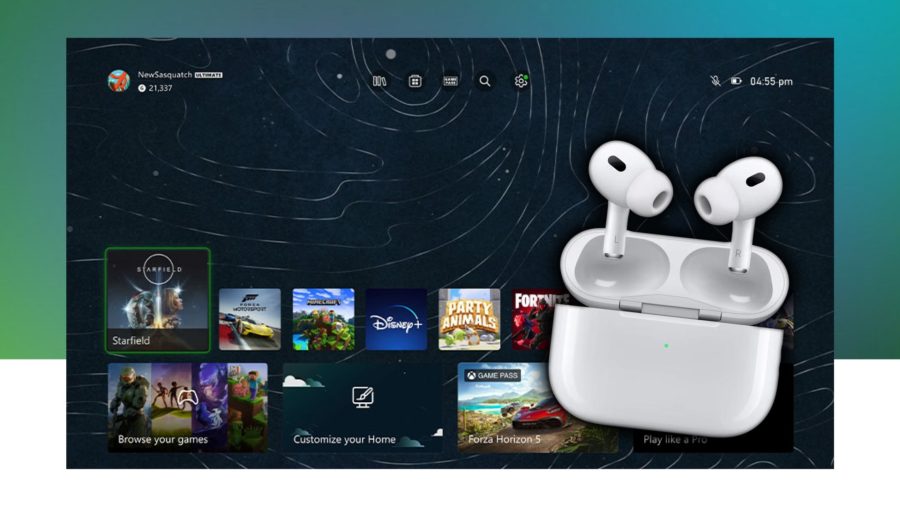Jeremy Zawodny has
written a terrific post about what makes a successful Web 2.0 company. It all comes
down to ubiquity, according to Jeremy. The themes he covers dovetails with my next Web
2.0 interview (coming soon!), so I’ll review his main points here in anticipation of
that.
Jeremy starts by noting that the main computing platform in the 80’s and 90’s was the
desktop PC – which of course Microsoft went on to dominate. In the early 21st century,
the new platform is the Internet – which Jeremy says “has the effect of leveling the
playing field.” He divides this specifically into 2 parts:
“1. The web enables infinite distribution of content without any special
effort or infrastructure.
2. The web extends the reach of our apps and services as far as we’re
willing to let them go.
Both notions come back to ubiquity. If your stuff (and your brand) is
everywhere, you win. The money will follow. It always does.”
And by ubiquity, he means “every Internet-enabled device: cell phone, desktop, laptop,
tablet, palmtop, PDA, Tivo, set-top box, game console, and so on.”
He goes on to tell us how and why Amazon, Google, EBay, Flickr and others have set
about attaining ubiquity on the Web. Jeremy identifies 3 key factors for these and other Web 2.0
companies:
“1. do something useful really really well
2. put the user in control by allowing access to your data and services
in an easy and unrestricted way
3. share the wealth”
Numbers 1 and 2 are pretty self-explanatory. Number 3 perhaps needs some further
explanation – he’s talking mainly about affiliate Programs such as Google’s AdSense.
btw I’m quoting so much from Jeremy’s piece because he said it so darned well! Here
are some more takeaways from Jeremy’s post:
On web services (including RSS) and syndication: “Giving users the ability to access
your data and services on their own terms makes ubiquity possible.”
On User Generated Content: “The more your service can be affected by user input, the
more users are likely to come back again and get involved. This is personalization taken
to the next level.”
I recommend you go and read the whole article. Oh and
check back here at Read/Write Web in a few days
for an interview with a Web 2.0 visionary that will extend on these very themes.





















